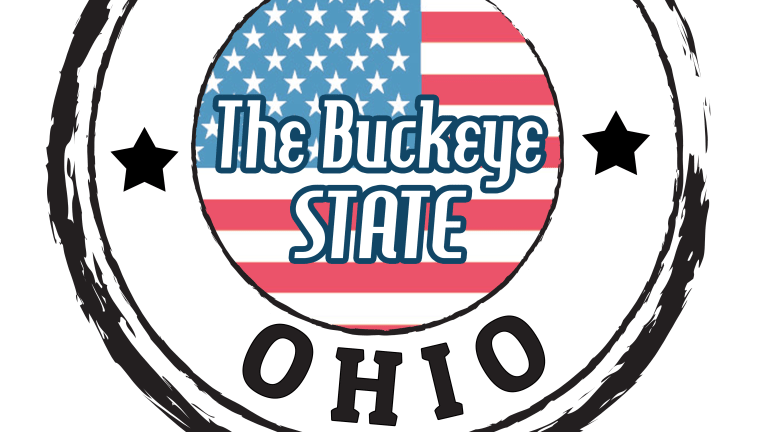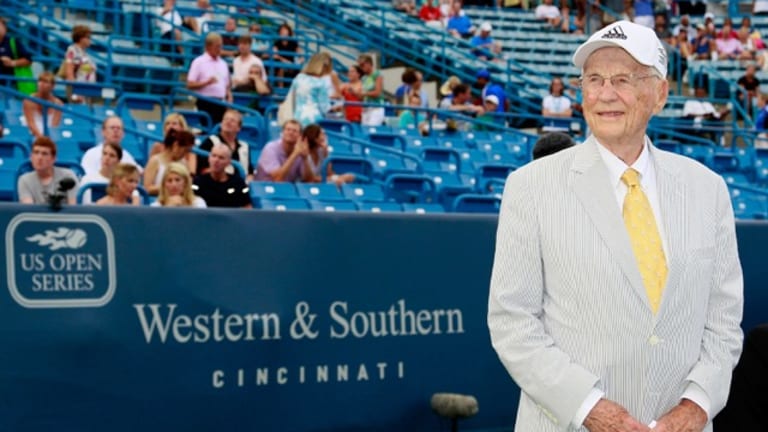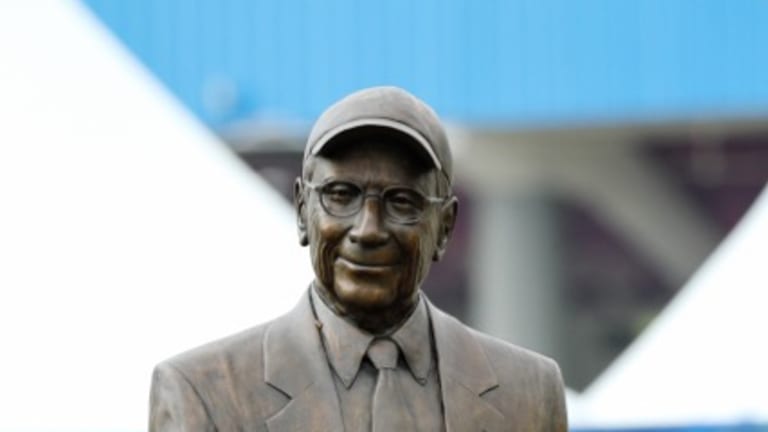It’s been more than 35 years since Ronald Reagan stated, during his first inaugural address, “Those who say that we’re in a time when there are no heroes, they just don’t know where to look.” We discovered heroes in every state, starting with the determined 69-year-old who won a match at an ITF Pro Circuit event earlier this year in the Alabama town of Pelham, and culminating with the coach who has overcome multiple sclerosis to build a winning program at the University of Wyoming. Their compelling stories of courage, perseverance and achievement demonstrate that the message delivered by our 40th President rings as true today as it did then.
When a tournament experience fails to unfold exactly how players imagine it, whether because of subpar lodging, unreliable transportation or match-scheduling issues, they are often heard repeating a common refrain: “Tournaments care more about their bottom lines than they do about the athletes.”
Paul Flory made it his personal mission to ensure that could never be said of Cincinnati’s Western & Southern Open. In the process, he became a legendary figure in his community and in the notoriously insular world of professional tennis. Today, three years after his death, his legend and legacy continue to impact fans and players alike.
When Flory took the reigns of what was then the Western Tennis Championships in the fall of 1974, the men’s-only event was struggling financially. A retired Procter & Gamble executive, he immediately employed his corporate savvy to help raise the event’s profile. In an era when former players lacking business backgrounds often landed tournament director positions, Flory immediately stood out.


